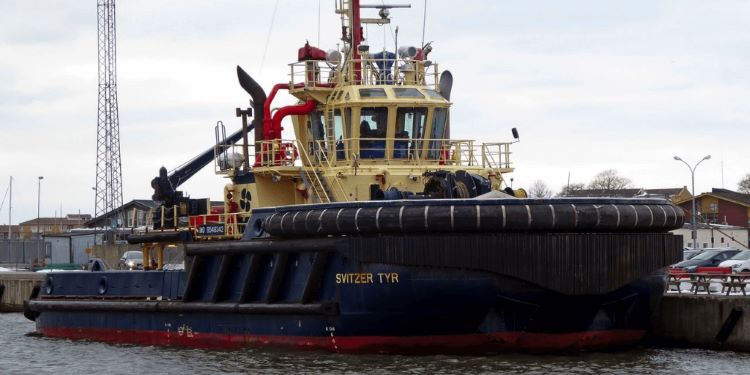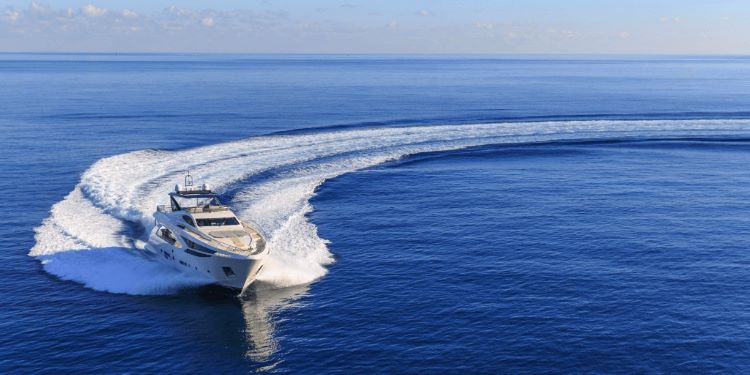Choosing the correct size boat fender application is vitally important for protecting your boat during docking (and while docked too). Fendering is attached to the side of a boat to minimise impact damage and give your vessel a prolonged service life.
Should fenders not be manufactured to the correct specifications, the boat won’t be adequately protected and you'll likely face various problems. For example, tug, leisure and day boats all require unique boat fender sizes. The great thing is, boat fenders are completely customisable and they can be designed to fit even the most complex specifications.
But what factors determine adequate boat fender sizes? And what considerations need to be made? In this post, we'll explore how to choose the right size fender for the side of your boat. That way, when it comes to choosing, you'll have all the information you need to make an accurate decision.
We’ll cover:
Know the Dimensions and Identify the Weight of Your Boat
Understand the Mooring Conditions
Consider the Aesthetics
Seek Professional Consultation
Know the Dimensions and Identify the Weight of Your Boat
Knowing the size and weight of your vessel is crucial to ensure you choose the right fendering around your boat. Choosing the right application is vital for preserving the boat’s condition and enhancing overall performance.
As an example, D and Double D extruded rubber fenders are manufactured using heavy-duty EPDM. These types of rubber fenders attach to the perimeter of a boat and are commonly used on smaller or lighter vessel applications. They help lessen the impact of collisions and rubbing against other boats.
When manufactured by a reputable supplier, they're a cost-effective solution and are highly resistant to degradation. Typically, if you're having your fender replaced, you'll likely know the dimensions and weight of your vessel from previous applications. However, if you’re unsure or need further validation for your unique fendering requirements, your supplier will be able to advise accordingly.

Understand the Mooring Conditions
Typical mooring conditions will dictate your boat fender sizes. So, they need to be considered when choosing the right fendering applications. In harsher conditions, it’s harder to control the boat when docking. Therefore, boats may collide with the dock with a greater deal of impact than intended. Your fendering has to be able to withstand this, otherwise, you’ll be left with lasting damage and forced time out of the water.
Along with the tidal and weather conditions, you must consider what you’re actually docking against. Will you be moored to the dockside itself? Or, will you be rafted against another vessel? For both of these scenarios, you need different fender sizes and levels of protection. Collisions with a harsh dock wall, wharf or quayside can cause serious damage to your boat’s hull.
Whereas, when tied up to another boat, you’re susceptible to rubbing. Without the right protection, rubbing can also cause damage to your boat’s hull in the long term. Rubbing can immediately cause marks, indentations and superficial damage to your boat too - depending on the purpose of your boat, this could be seen as less of a priority.
Consider the Aesthetics
Not all boat owners are bothered about the aesthetics of their fendering applications. For example, tug boat owners are typically more bothered about practicality and protection than looking good. After all, their purpose is to push, pull and collide with much larger vessels - so, they’d rather prioritise performance than unnecessary aesthetics.
However, that’s not to say that all boat owners don’t take pride in their appearance. Day cruisers and leisure yacht owners always make sure that their boats are in the best condition possible. Think about it, installing a different coloured piece of fendering onto the hull of a leisure yacht isn’t the intended image, is it?
Day boat business owners will be conscious of keeping their boats looking good. If their fleet of vessels doesn’t look appealing, people aren’t going to want to hire rundown-looking boats for the day. They’d be more inclined to hire boats that look the part.
With that in mind, D or Double D extruded rubber fenders can be manufactured in both black and grey - depending on the application and supplier you choose. Therefore, you can be sure that all your aesthetic needs can easily be taken care of.
Above all else, the functionality of fendering is the most important part. However, for those who consider aesthetics to be a main priority, they’ll need to distribute equally sized and consistently coloured fender applications on their boat.

Seek Professional Consultation
When choosing your boat fenders, there’s a lot to consider - we can appreciate that it may be a little daunting. Having to choose from the different types, manufacturing materials, boat fender sizes and more is an important decision - you must consider all factors.
For the necessary help when choosing boat fendering, seeking professional consultation is a surefire way to make sure you’re making the right choice. Marine fender specialists will take all considerations into account and be able to recommend products that meet all of your unique needs and requirements.
At Walker Rubber, we’ve worked alongside many individual customers and businesses within the marine industry. We’re capable of meeting the needs of any bespoke fendering project with high-quality materials and products, timely turnarounds and excellent value for money. Our expert team can confidently find the right solution for you.
Need Help Choosing the Right Boat Fender For You? Walker Rubber Can Help!
As mentioned, there are many fendering options and customisations to choose from and it can be hard to know where to begin. Do you want to explore more of the benefits of marine fenders? Are you keen to look into the key different types of fendering? Then look no further.
We’ve covered everything you need to know in our FREE downloadable Ebook. We’ve explored each fender type in detail, who they’re suitable for and how to choose the perfect solution for you. However, we’re still adding the finishing touches - it’ll be ready soon.
In the meantime, if you have any questions that need answering please don’t hesitate to get in touch. Our expert team are always on hand and are happy to help!